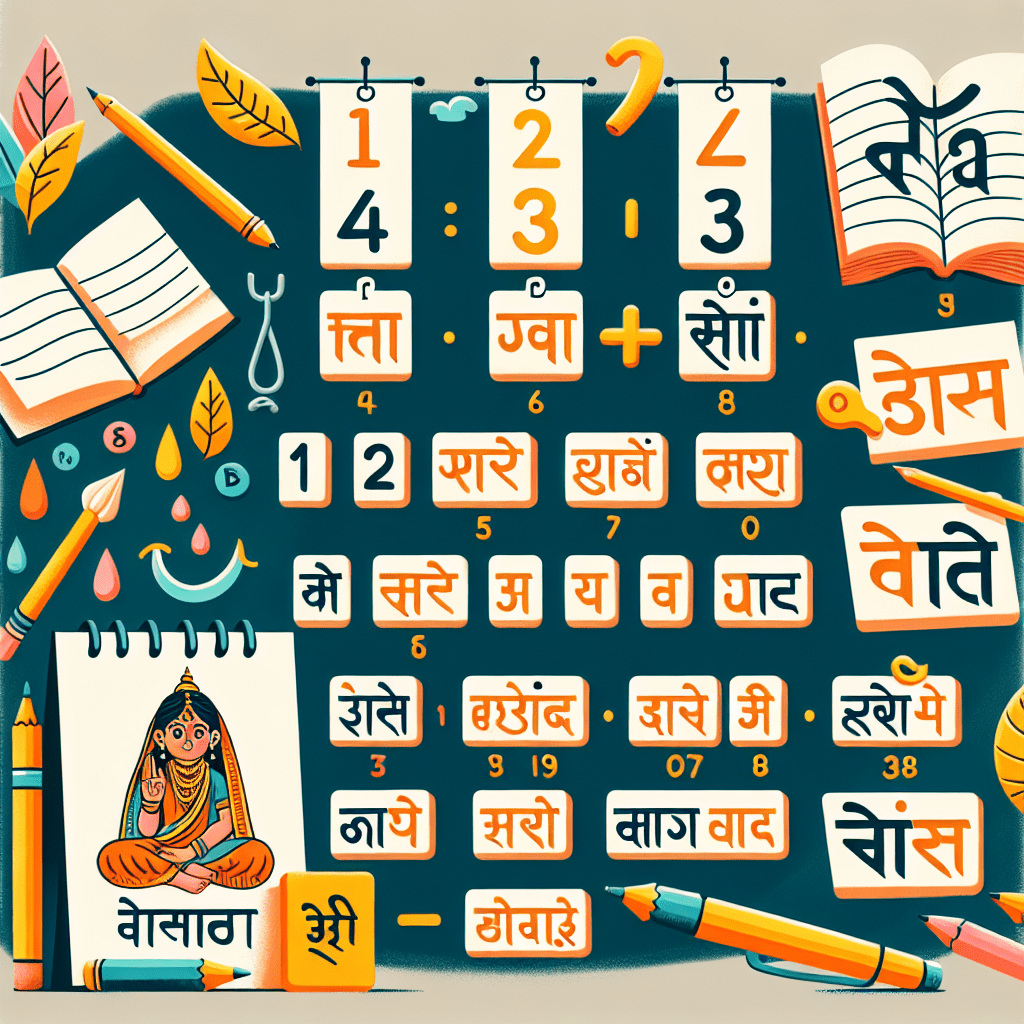Hindi is one of the most widely spoken languages in the world, with over 500 million speakers globally. It is the official language of India, and it is also spoken in Nepal, Mauritius, Fiji, and other countries. Hindi is written in Devanagari script, which consists of 47 characters. Out of these 47 characters, 14 are vowels, and 33 are consonants.
The Hindi alphabet, also known as the Devanagari script, is a syllabic script. Each letter in the script represents a syllable, which makes it a highly efficient writing system. The script has been used for writing Hindi, Marathi, Nepali, and other languages for centuries.
The 14 vowels in the Hindi alphabet are:
1. अ (a)
2. आ (aa)
3. इ (i)
4. ई (ii)
5. उ (u)
6. ऊ (uu)
7. ऋ (r̥i)
8. ए (e)
9. ऐ (ai)
10. ओ (o)
11. औ (au)
12. अं (an)
13. अः (ah)
14. अँ (am)
The 33 consonants in the Hindi alphabet are:
1. क (ka)
2. ख (kha)
3. ग (ga)
4. घ (gha)
5. ङ (nga)
6. च (cha)
7. छ (chha)
8. ज (ja)
9. झ (jha)
10. ञ (nya)
11. ट (ta)
12. ठ (tha)
13. ड (da)
14. ढ (dha)
15. ण (na)
16. त (ta)
17. थ (tha)
18. द (da)
19. ध (dha)
20. न (na)
21. प (pa)
22. फ (pha)
23. ब (ba)
24. भ (bha)
25. म (ma)
26. य (ya)
27. र (ra)
28. ल (la)
29. व (va)
30. श (sha)
31. ष (sha)
32. स (sa)
33. ह (ha)
The Hindi alphabet is unique in that it has a few additional characters compared to other Indian scripts. These additional characters are used to represent sounds that are not present in other Indian languages. For example, the letter अँ (am) is used to represent the nasal sound, which is not present in other Indian languages like Tamil or Telugu.
In conclusion, the Hindi alphabet consists of 47 characters, including 14 vowels and 33 consonants. The Devanagari script is a highly efficient writing system that has been used for centuries to write Hindi, Marathi, Nepali, and other languages. Knowing the Hindi alphabet is essential for anyone who wants to learn the language, and it is a fascinating subject to explore for linguists and language enthusiasts.

